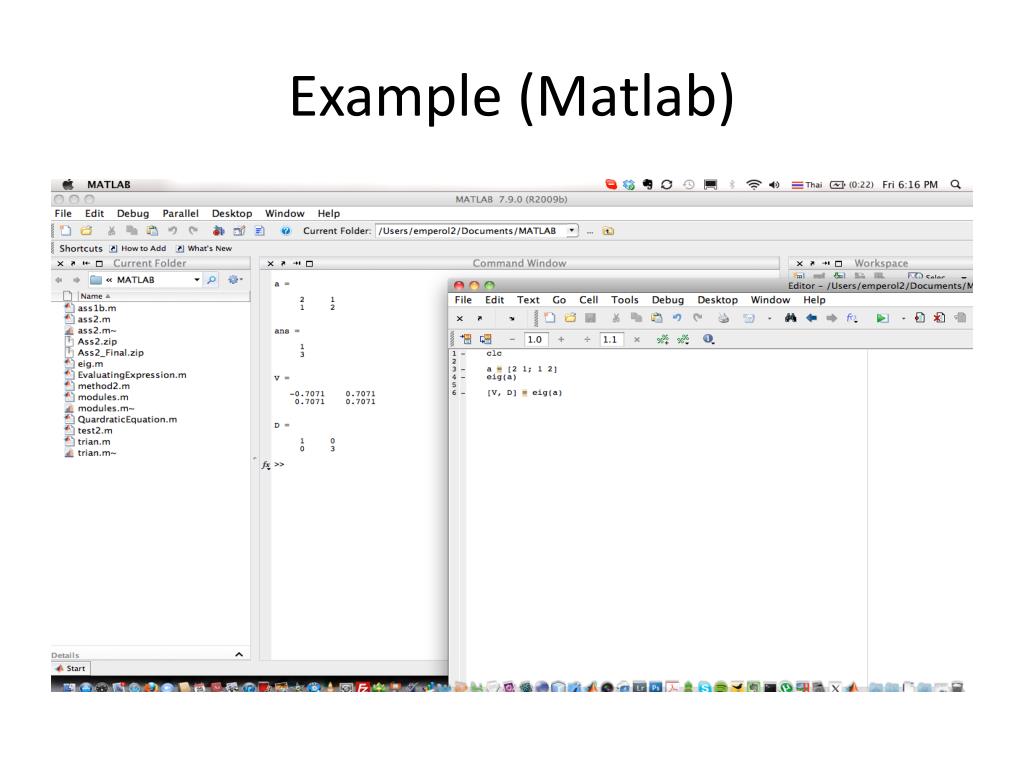

Refers to the shifted eigenvalues w' where: Note that when sigma is specified, the keyword ‘which’ (below) Mode or real mode, specified by the parameter OPpart (‘r’ or ‘i’). Which gives x = OPinv b = ^-1 b.įor a real matrix A, shift-invert can either be done in imaginary Solver if either A or M is a general linear operator.Īlternatively, the user can supply the matrix or operator OPinv, This is computed internally via a (sparse) LUĭecomposition for explicit matrices A & M, or via an iterative x = b, where M is the identity matrix if This requiresĪn operator to compute the solution of the linear system sigma real or complex, optionalįind eigenvalues near sigma using shift-invert mode. The user can supply the matrix or operator Minv, which gives Iterative solver for a general linear operator. (sparse) LU decomposition for an explicit matrix M, or via an

If sigma is None, eigs requires an operator to compute the solution If sigma is specified, M is positive semi-definite The operation for the generalized eigenvalue problem M ndarray, sparse matrix or LinearOperator, optional It is not possible to compute allĮigenvectors of a matrix. The number of eigenvalues and eigenvectors desired. The operation A x, where A is a real or complex square matrix. With corresponding eigenvectors x Parameters : A ndarray, sparse matrix or LinearOperatorĪn array, sparse matrix, or LinearOperator representing Generalized eigenvalue problem for w eigenvalues If M is specified, solves A x = w * M x, the Solves A x = w * x, the standard eigenvalue problemįor w eigenvalues with corresponding eigenvectors x. eigs ( A, k = 6, M = None, sigma = None, which = 'LM', v0 = None, ncv = None, maxiter = None, tol = 0, return_eigenvectors = True, Minv = None, OPinv = None, OPpart = None ) #įind k eigenvalues and eigenvectors of the square matrix A.


 0 kommentar(er)
0 kommentar(er)
